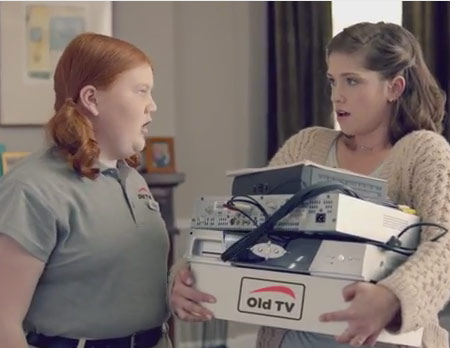Perspectives: Three Things to Consider When Taking Local TV OTT

TV ratings are declining as viewers keep cutting the cord on cable and turning to their phones, tablets and laptops for entertainment. One Midwestern TV station faces additional hurdles familiar to about 3,000 other local broadcasters struggling to find reasons for viewers to stay with their local programming, instead of drifting to online viewing.
KCKS-LD, a station in Kansas City, Kan., owned by Heartland Broadcasting and branded as TV25, has three transmitters providing a high-power footprint, but it isn’t on cable and many over-the-air households can’t receive its content bouquet of subchannels. With technical limitations on the number of viewers the station can reach, KCKS still needs ways to cost-effectively widen its audience base and attract new viewers with millennial TV everywhere viewing expectations.
Like many others, Heartland believes it can reach a whole new segment of viewers by offering over-the-top programming. Although some local broadcasters are evaluating popular OTT internet television services like Sling TV or Google’s YouTube TV, the revenue split was not attractive to Heartland. There are daunting technical implementation challenges as well.
As Heartland discovered, there are important considerations.
What are the distribution rights?
While a station may have over-the-air distribution rights, it may or may not have digital redistribution rights for OTT. Are the OTT rights within the same metropolitan area, or are they national? The answer is usually program-dependent.
What’s the business model?
Content could be offered based on a traditional monthly subscription. Since targeted advertising may provide better revenue, an interactive ad running at the bottom of the screen could be sold on the OTT channel. Interstitial ads are perhaps more valuable, but require extra equipment and negotiated rights. A third option is a hybrid model.
What about ATSC 3.0?
Broadcasters must keep up with the changing landscape and regulations for digital and broadcast as they transition to ATSC 3.0 and make some hard decisions. Also, as broadcasters prepare to eventually use the more efficient ATSC 3.0 system, they need to build up their content base.
While the transition to ATSC 3.0 will take several years, one of the things broadcasters can do now is add more content and deliver additional channels via OTT. As ATSC 3.0 matures, they can then go OTA. This approach may appear backwards at first, but it’s a way to introduce viewers to the new programming and hopefully start building loyalty.
Even though TV ratings aren’t what they were when the only option was three channels, viewers still want their local channels for local news and happenings. For Heartland and others, OTT and OTA service provides a viable path to the future.
Kumar Ramaswamy is president of Igolgi, a provider of next-generation workflow solutions enabling multiformat, multiplatform content processing and distribution across broadcast, broadband and mobile networks.
Broadcasting & Cable Newsletter
The smarter way to stay on top of broadcasting and cable industry. Sign up below



